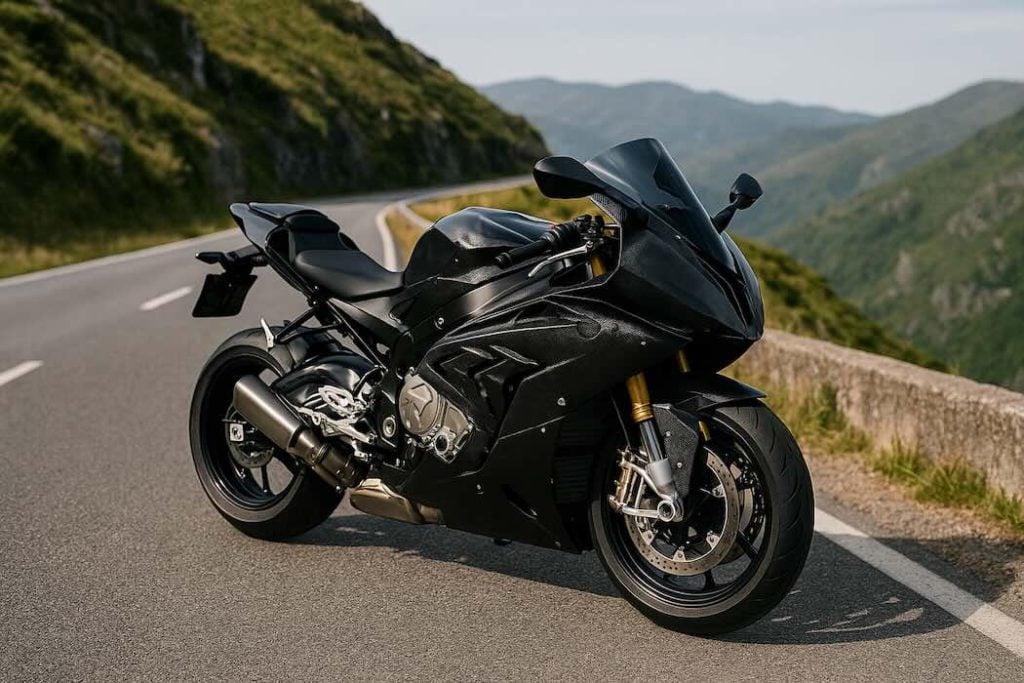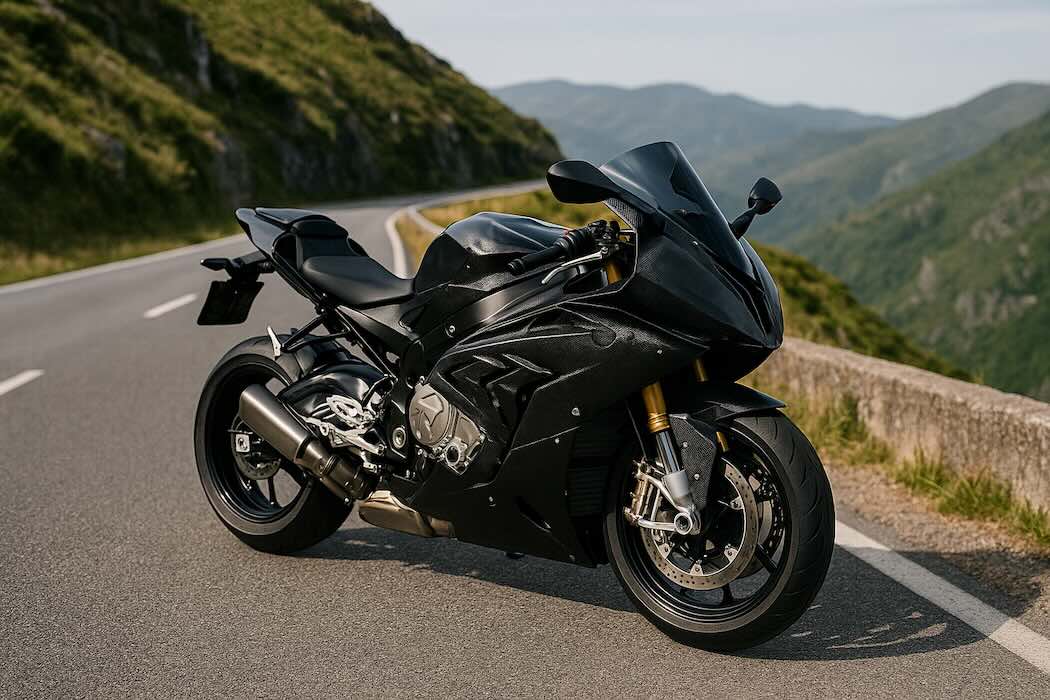A motorcycle fairing is the external shell or bodywork that covers parts of the motorcycle frame.
Made from ABS plastic, fiberglass, or carbon fiber, it helps reduce wind resistance, protect the rider, and improve aerodynamic efficiency.
It also defines the motorcycle’s style — sporty, touring, or naked.

1. What does the fairing do?
Fairings serve three main purposes:
- Aerodynamics: reduce drag and increase top speed.
- Protection: shield the rider and components from wind, rain, and debris.
- Design: give the motorcycle its visual identity.
In racing bikes like MotoGP, the fairing is engineered using wind tunnels to generate downforce, keeping the bike stable at over 300 km/h.
2. Main types of fairings
- Full fairing: covers almost the entire motorcycle. Common in sportbikes (Yamaha R1, Honda CBR1000RR).
- Half fairing: protects only the upper and front area. Seen in sport-touring models (Suzuki GSX-S1000GT).
- Small windshield (mini-fairing): minimal front protection for naked bikes.
- No fairing: naked or street bikes expose the engine for a raw look and lighter feel.
3. Materials
Modern fairings use high-performance materials:
- ABS plastic – durable and affordable.
- Fiberglass – lightweight and repairable.
- Carbon fiber – ultra-light and strong, used in racing.
4. Pros and cons
Pros:
- Better aerodynamics
- Rider comfort and protection
- Fuel efficiency
Cons:
- Costly repairs
- Adds weight
- Harder access to mechanical parts
The motorcycle fairing plays a crucial role in aerodynamics, protection, and design.
From naked bikes to superbikes, it defines the riding experience.
If you want to feel the difference yourself, rent a motorcycle in Lisbon and experience both styles — with and without fairings — on the scenic roads of Portugal.
